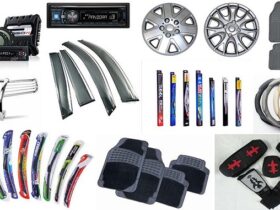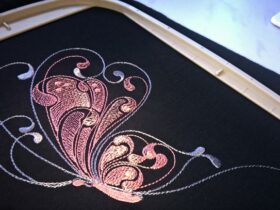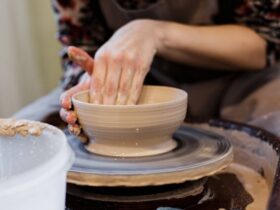Unfortunately, no one is immune from disease. In this regard, each of us should always have a first-aid kit at hand. Usually that’s the way it is. But is it always exactly what is needed in it?? Very often, people collect a home first aid kit, however, like any other first aid kit, without hesitation – they simply put what is available there. And this is fundamentally wrong. Of course, no one will force you to turn your first aid kit into a branch of a real, large pharmacy, but it makes sense to talk about how to properly assemble a first aid kit separately, which we will do in this article.
How to make a first aid kit
What should be guided by, collecting, for example, a home first aid kit? Three principles must be followed. The first principle tells us that any first aid kit exists not for self-treatment, which is fraught with its consequences, but for first aid. Treatment should still be done by a specialist – do not forget about it. According to the second principle, if there are children in the family, then in the first-aid kit, in addition to adult medicines, there must be medicines for children – so that you don’t have to run to the duty pharmacy in case of even the mildest cold. And, and the third principle tells us about this – each family should have its own first-aid kit, which will take into account the main chronic diseases of relatives, if they have such diseases.
An important question of where to store a first-aid kit, people decide in different ways. But, the most important thing that I want to say is that all medicines should be in one place, moreover, this place should be permanent and all family members should be informed about it. Naturally, the first aid kit should be located where the child will definitely not be able to reach or get.
Many people prefer to keep their medicines in the refrigerator. But, according to experts, this is not always necessary. Yes, of course, there are medicines that need such a place of storage. But there are few. And, besides, medicines stored in the refrigerator are available to children, which is fraught with the most dire consequences.
How to make a first aid kit
Keeping a first aid kit in the bathroom is also not worth it, because high humidity can adversely affect the effectiveness of medicines. So, for example, if you store activated charcoal in a bath, it will be practically ineffective. Therefore, we draw the only correct conclusion – the first-aid kit should be stored in a dry, cool place, and if there are children in the family, then this place should also be inaccessible to them.
And now let’s talk more specifically about what must be in the first aid kit. First of all, these are dressings – a bandage, cotton wool and a hemostatic tourniquet. Further – in the first-aid kit there should be a pipette, a thermometer, rubber gloves and a device for measuring pressure. Of course, you can not do without disinfectants – iodine, brilliant green, potassium permanganate and furatsilina.
If we talk directly about medicines, then it is imperative to put sedatives and so-called drugs “from the heart” in the first-aid kit – validol, corvalol, valoserdin or motherwort or valerian tablets.
In case of poisoning, you may need activated charcoal or smectite, and in case of abdominal cramps, noshpa or drotaverine. If you often take heavy or fatty foods, then mezim, pancreatin or gastal can help your stomach digest it.
Of the painkillers, it is best to put analgin in the first aid kit. But you should not get too carried away with it – it can cause an exacerbation of various diseases of the gastrointestinal tract and can even cause an exacerbation of peptic ulcer. As an antipyretic, it is preferable to have paracetamol in the medicine cabinet. But, unfortunately, it does not always work well at a very elevated body temperature. In this case, the temperature can be lowered with analgin. By the way, it’s still better not to bring down a small temperature – give the body the opportunity to overcome the virus on its own.
How to make a first aid kit
Doctors do not advise putting antibacterial drugs in the first-aid kit – ideally, only a doctor should prescribe them.
And, in conclusion, I would like to once again remind everyone that it is periodically necessary to check the expiration date of medicines in your medicine cabinet. All expired medicines should be thrown away without regret.
















 Bitcoin
Bitcoin  Ethereum
Ethereum  Tether
Tether  Solana
Solana  USDC
USDC  XRP
XRP  Lido Staked Ether
Lido Staked Ether  Dogecoin
Dogecoin  Toncoin
Toncoin
Leave a Reply